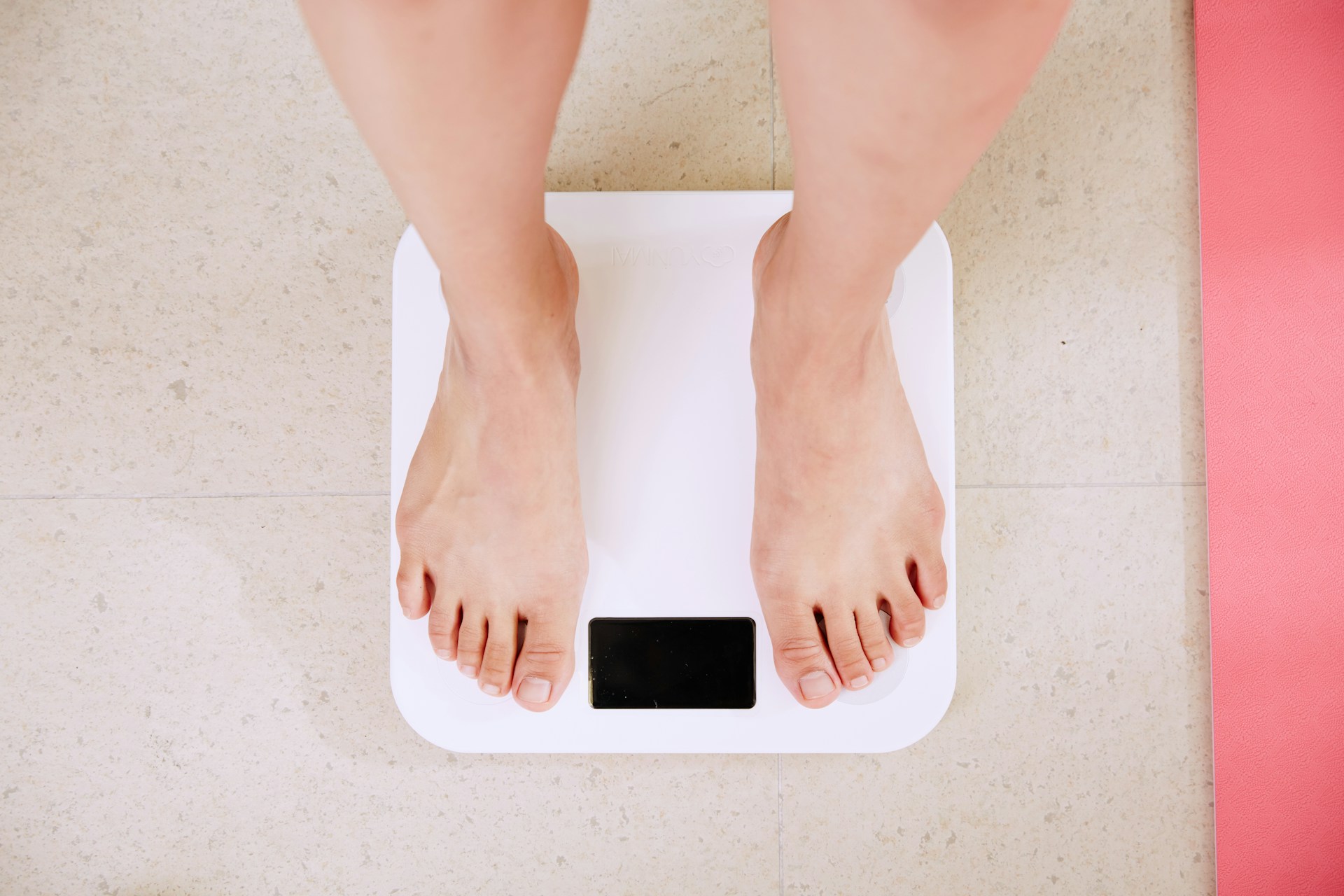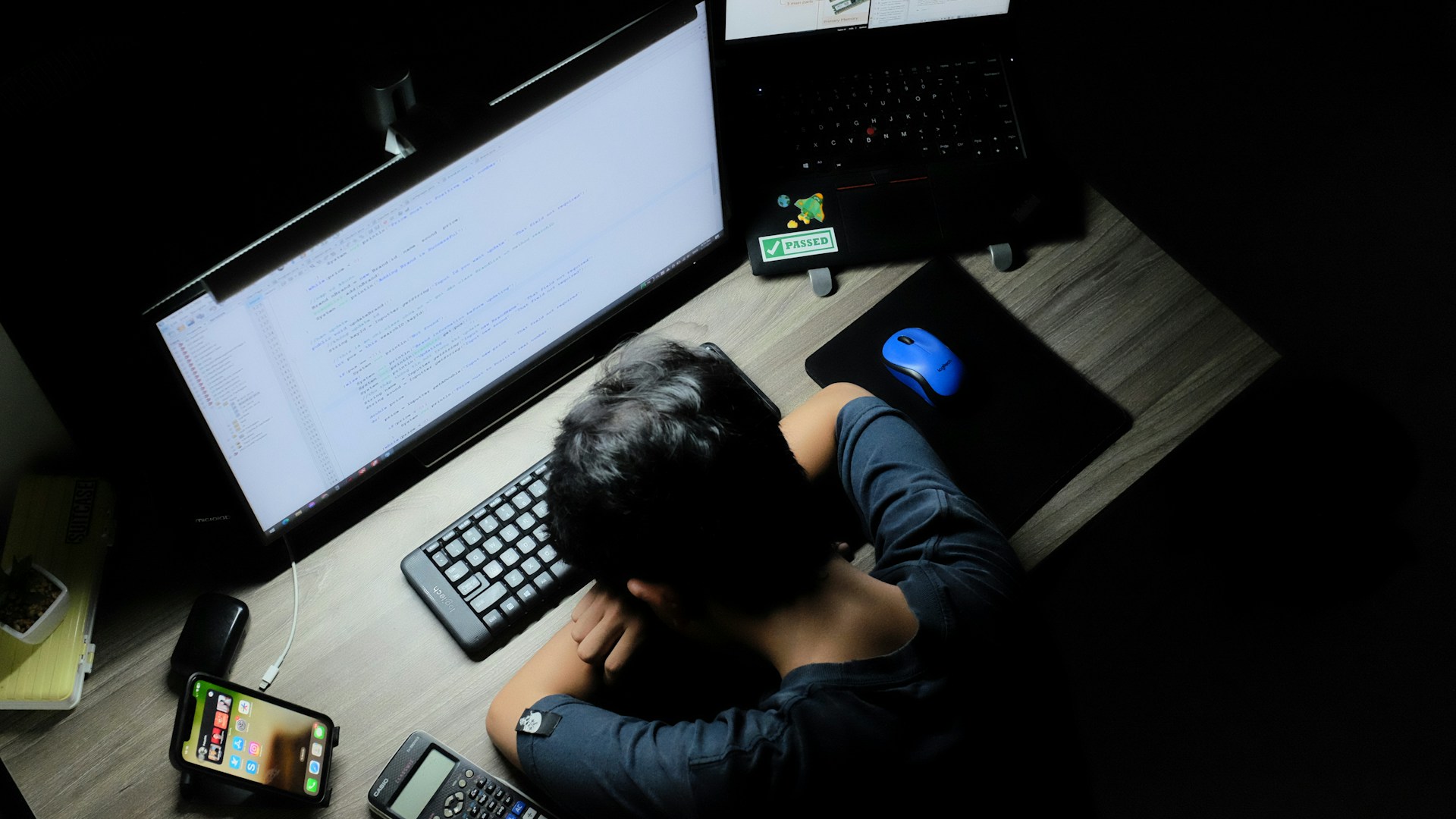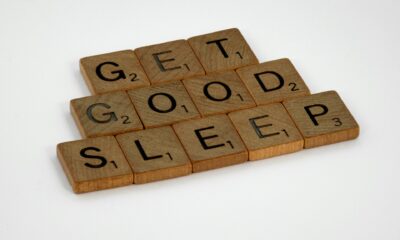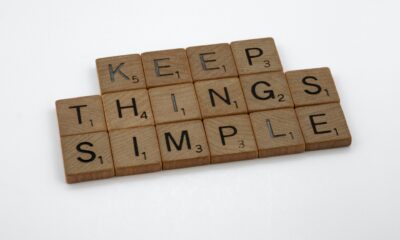Lifestyle
Unlock the Healing Power of Laughter for Your Health

Laughter has long been known as the ‘best medicine’ and scientific research is drawing attention to the impressive health benefits this delightful human tendency bestows. Filled with far-reaching effects, from enhancing our moods to reducing pain, it’s clear that laughter is more than just a joyful pastime. In support of these claims, several healthcare professionals, including Mitali Wadekar, MD, and John Tsilimparis, MFT, shed light on the remarkable, science-backed health components of laughter. Here are five of the most significant benefits you can enjoy from a good belly laugh.
1. Mood Booster
Everyone occasionally needs a pick-me-up and laughing serves as one of the best natural ways to enhance one’s state of mind.
“Laughter increases the production of dopamine, one of the pleasure chemicals in the brain that make us feel good,” notes Los Angeles-based psychotherapist John Tsilimparis.
Besides dopamine, laughter also triggers the release of other critical chemicals, including endorphins, our body’s natural painkillers.
2. Stress Relief
While stress is an inevitable part of life, laughter can alleviate its harsh effects.
“Laughter can not only provide a temporary distraction to our day-to-day life stressors, but is also known to increase the release of endorphins and help relax our muscles,” explains Dr. Wadekar.
Laughter promotes socialization and connection with others, indirectly contributing to reducing stress levels.
3. Heart Health
You may want to start laughing more because it could potentially help prevent a heart attack.
According to Tsilimparis, laughter “increases blood flow, which can help protect against heart attacks and other cardiovascular problems.”
Moreover, laughter soothes tension, aids in muscle relaxation, lowers blood pressure, and improves oxygen intake – all crucial factors for proper body functioning.
4. Immune System Booster
Laughing offers a fun and easy way to strengthen your immune system.
“Stress suppresses the immune system… laughter strengthens your immune system by increasing the number of T-cells and antibodies to help fight disease,” Tsilimparis shares.
By improving blood flow and releasing certain neurochemicals, laughter reduces blood pressure and heart rate, all of which contribute to a better functioning immune system.
5. Natural Pain Reducer
Before reaching for the medicine cabinet during your next bout of pain, try laughing. It has an uncanny ability to alleviate physical discomfort.
“Laughter can help relax tensed muscles and even help reduce the perception of pain due to the release of endorphins, which have a natural pain-killer effect,” says Dr. Wadekar.
While laughter offers surprising health benefits, remember that the information provided here is not a substitute for professional medical advice. Always seek guidance from your healthcare provider for any health-related concerns, including medication queries.
As we’ve discovered, good humor isn’t just a lighthearted distraction, it’s a powerhouse for physical and mental wellness. So, whether it’s a joke or a funny movie that gets you chuckling, make sure to infuse laughter into your life; your health will thank you!
Let us know what you think, please share your thoughts in the comments below.

Lifestyle
Discover the Surprising Viruses Lurking in Your Bathroom and How to Stay Safe

A recent study from Northwestern University has unveiled a hidden world of viruses within our bathrooms, challenging our perceptions of cleanliness and microbial life. Everyday items like toothbrushes have been found to harbor a multitude of newly discovered viruses, forming their own unique ecosystems.
Erica M. Hartmann, PhD, who spearheaded the research, expressed her astonishment at the findings. “The number of viruses that we found is absolutely wild,” she remarked. “We found many viruses that we know very little about and many others that we have never seen before. It’s amazing how much untapped biodiversity is all around us. And you don’t even have to go far to find it; it’s right under our noses.”
Hartmann’s curiosity about the microbe populations in our homes led her to focus on bathrooms as an ideal study site. She noted, “If you think about indoor environments, surfaces like tables and walls are really difficult for microbes to live on. Microbes prefer environments with water. And where is there water? Inside our showerheads and on our toothbrushes.”
Using DNA sequencing, Hartmann’s team discovered 600 distinct viruses on toothbrushes and inside showerheads. Interestingly, there was “basically no overlap in virus types between showerheads and toothbrushes,” and minimal overlap between individual samples. This highlights the unique viral diversity each item possesses.
The study’s findings could have significant implications for combating certain diseases. Among the viruses identified was mycobacteriophage, which targets mycobacteria, germs associated with illnesses like tuberculosis and leprosy. Hartmann envisions using these mycobacteriophages to “clean pathogens out of your plumbing system.”
While the thought of invisible viruses lurking in our bathrooms might be unsettling, Hartmann advises embracing these microbial companions. “Microbes are everywhere, and the vast majority of them will not make us sick,” she explained. “The more you attack them with disinfectants, the more they are likely to develop resistance or become more difficult to treat. We should all just embrace them.”
Interestingly, the study also sheds light on the cleanliness of everyday objects beyond the bathroom. According to experts, cell phones can harbor ten times more bacteria than a toilet seat. Emily Martin, PhD, MPH, from the University of Michigan’s School of Public Health, highlights the issue: “Because people are always carrying their cell phones even in situations where they would normally wash their hands before doing anything, cell phones do tend to get pretty gross.”
Martin further warns about the implications of taking cell phones into bathrooms. “Taking a cell phone into the bathroom and then leaving with it is kind of like going in, not washing your hands and then coming back out. It’s the same level of concern.”
This groundbreaking study not only reveals the hidden viral ecosystems in our bathrooms but also encourages a more informed and balanced approach to cleanliness and microbial life in our daily environments.
Let us know what you think, please share your thoughts in the comments below.
Lifestyle
Spot the Signs: Understanding Key Differences for Better Health and Weight Loss

When embarking on a journey to shed pounds, it’s essential to distinguish between weight loss and fat loss. While the terms are often used interchangeably, they actually refer to different outcomes. Weight loss is a broad term that encompasses the reduction of total body weight, including muscle, water, and fat. On the other hand, fat loss specifically targets the reduction of fat, which is a healthier and more precise goal.
The traditional method of using a scale to track progress doesn’t differentiate between fat and muscle loss. For a more accurate assessment, consider using tools like a body fat scale or skinfold calipers. These devices can provide a clearer picture of your body composition by measuring the percentage of fat and muscle.
“Tracking only your weight isn’t a reliable way to determine whether you’re losing fat or muscle and in what amounts.”
Focusing on fat loss rather than just weight loss is beneficial for several reasons. It can lower the risk of chronic diseases, minimize age-related muscle loss, and prevent fat regain. Losing muscle instead of fat can decrease the number of calories burned at rest, making it easier to regain lost weight as fat. Moreover, maintaining muscle mass is crucial as it burns more calories at rest, and helps regulate blood sugar and fat levels in the body.
“Losing muscle can be detrimental, as muscle is a crucial component of your overall health.”
Many quick-fix weight loss programs often result in losing water and muscle instead of fat. To ensure fat loss while maintaining or gaining muscle, it’s important to focus on a balanced approach involving diet and exercise. Protein intake plays a significant role in this balance. A study found that men on a high-protein diet lost more fat and gained more muscle compared to those on a lower-protein diet.
“Protein is also important for maintaining the muscle you have and supporting new muscle growth, especially when losing weight.”
Exercise is another critical component. A meta-analysis of studies showed that older adults who combined cardio and weight training with a calorie-restricted diet retained significantly more muscle than those who did not exercise. The combination of exercise and higher protein intake can amplify results, helping to maintain muscle while promoting fat loss.
“The Physical Activity Guidelines for Americans recommend adults get at least 150 to 300 minutes per week of cardio and muscle-strengthening activities that involve all major muscle groups.”
Creating a calorie deficit is necessary for weight loss, but it should be done thoughtfully. Drastically cutting calories can lead to muscle loss. Instead, aim to reduce your intake by 500 to 600 calories per day, focusing on nutrient-dense foods like fruits, vegetables, whole grains, lean proteins, and healthy fats. This approach supports fat loss while preserving muscle mass.
Distinguishing between weight loss and fat loss is crucial for achieving a healthier body composition. By utilizing the right tools, focusing on protein intake, incorporating exercise, and managing calorie intake wisely, you can achieve sustainable fat loss while maintaining vital muscle mass.
Let us know what you think, please share your thoughts in the comments below.
Lifestyle
Unlock the Secret to Falling Asleep Faster with These 20 Easy Tips

Getting a good night’s sleep is essential for maintaining both physical and mental health. While adults generally need about seven hours of sleep each night, various factors can influence how quickly you drift off. If you’re struggling to fall asleep, some simple changes in your routine might just do the trick. Here are 20 straightforward tips to help you fall asleep faster and enjoy a restful night.
Make Your Room Cooler
A cooler room can significantly enhance your sleep quality. Lowering the temperature in your bedroom can create an environment more conducive to sleep.
Practice the 4-7-8 Breathing Method
This breathing technique can help calm your mind and body. By focusing on your breath, you may find it easier to relax and fall asleep.
Avoid Screens Before Bedtime
The blue light emitted by screens can interfere with your sleep cycle. Try to avoid using electronic devices at least an hour before you plan to sleep.
Create a Bedtime Routine
Having a consistent bedtime routine can signal to your body that it’s time to wind down. Whether it’s reading a book or taking a warm bath, find a relaxing activity to do each night.
Limit Caffeine Intake
Caffeine can linger in your system for hours, keeping you awake. Try to avoid consuming caffeinated beverages in the afternoon and evening.
Exercise Regularly
Regular physical activity can help you fall asleep faster and enjoy deeper sleep. Just be sure not to exercise too close to bedtime, as it might have the opposite effect.
Limit Naps During the Day
While napping can be beneficial, long or irregular naps during the day can negatively affect your nighttime sleep. If you need to nap, try to keep it short and sweet.
Invest in Comfortable Bedding
Your mattress and pillows play a crucial role in how well you sleep. Ensure your bedding is comfortable and supportive to help you relax.
Manage Stress Levels
Stress can make it difficult to fall asleep. Consider activities like yoga, meditation, or journaling to help manage stress before bed.
Try Aromatherapy
Certain scents, such as lavender, can promote relaxation and help you sleep. Use essential oils or scented candles to create a calming atmosphere.
Limit Alcohol Consumption
While alcohol might make you feel sleepy initially, it can disrupt your sleep cycle. Try to limit your intake, especially close to bedtime.
Stick to a Sleep Schedule
Going to bed and waking up at the same time each day can regulate your body’s internal clock, making it easier to fall asleep.
Consider White Noise
White noise machines or apps can drown out disruptive sounds, helping you to fall asleep faster and stay asleep longer.
Keep Your Bedroom Dark
Light can interfere with your ability to sleep. Consider blackout curtains or an eye mask to keep your room as dark as possible.
Limit Fluid Intake Before Bed
Drinking too much before bedtime can lead to frequent trips to the bathroom, disrupting your sleep. Try to limit fluids in the evening.
Read a Book
Reading can be a relaxing way to wind down. Choose a book that isn’t too stimulating to help you drift off.
Try Progressive Muscle Relaxation
This technique involves tensing and relaxing each muscle group in your body. It can help reduce tension and promote sleep.
Listen to Relaxing Music
Soft, calming music can help you relax and prepare for sleep. Create a playlist of soothing tunes to listen to before bed.
Ensure Your Bedtime Snack is Light
If you’re hungry before bed, opt for a light snack. Heavy meals can make it harder to fall asleep.
Visualize a Peaceful Place
Guided imagery or visualization can help distract your mind from stress. Picture a serene setting to help you relax and fall asleep.
These simple adjustments can make a world of difference in how quickly you fall asleep and the quality of your rest. By incorporating these tips into your nightly routine, you can set the stage for a healthier, more rejuvenating sleep experience.
Let us know what you think, please share your thoughts in the comments below.
-

 Health5 months ago
Health5 months ago17-Second Neuropathy Solution
-

 Nutrition9 months ago
Nutrition9 months agoThe Aging Secret of Vitamin D Unveiled
-

 Health1 year ago
Health1 year agoPreventing Falls and Injuries for Seniors
-

 Health4 months ago
Health4 months agoOncologist Reveals Top 5 Cancer Prevention Tips You Shouldn’t Ignore
-

 Nutrition1 year ago
Nutrition1 year ago5 AMAZING Dinner Recipes That Are Also HEALTHY
-

 Lifestyle5 months ago
Lifestyle5 months agoSleep Soundly with These 11 Expert-Approved Bedtime Routines
-

 Health10 months ago
Health10 months agoDownsizing Tips: Simplifying Your Lifestyle
-

 Lifestyle1 month ago
Lifestyle1 month agoMorning Habits That Could Add Years to Your Life